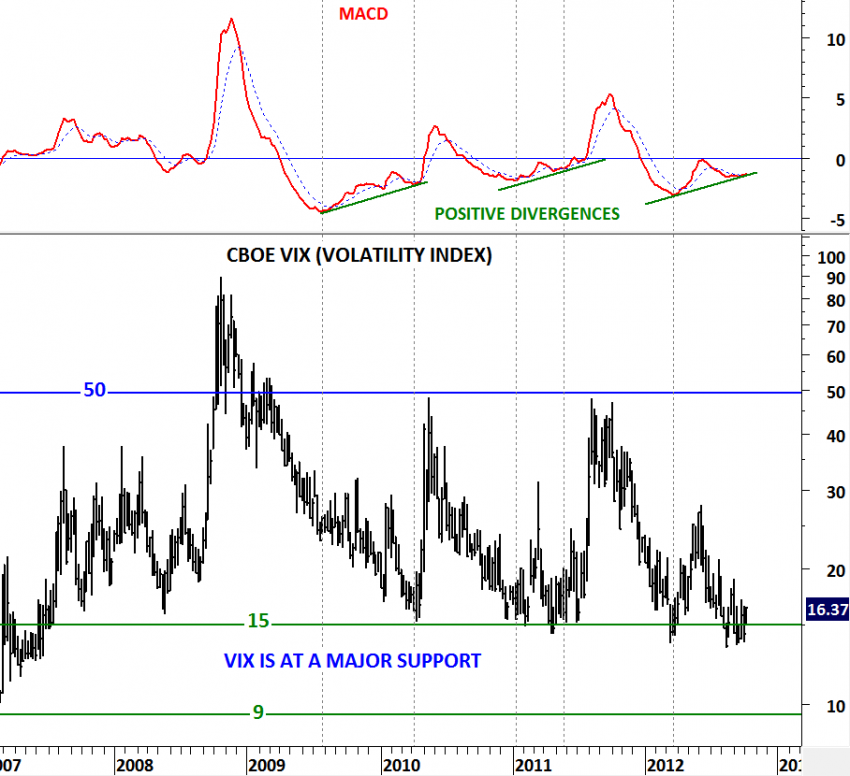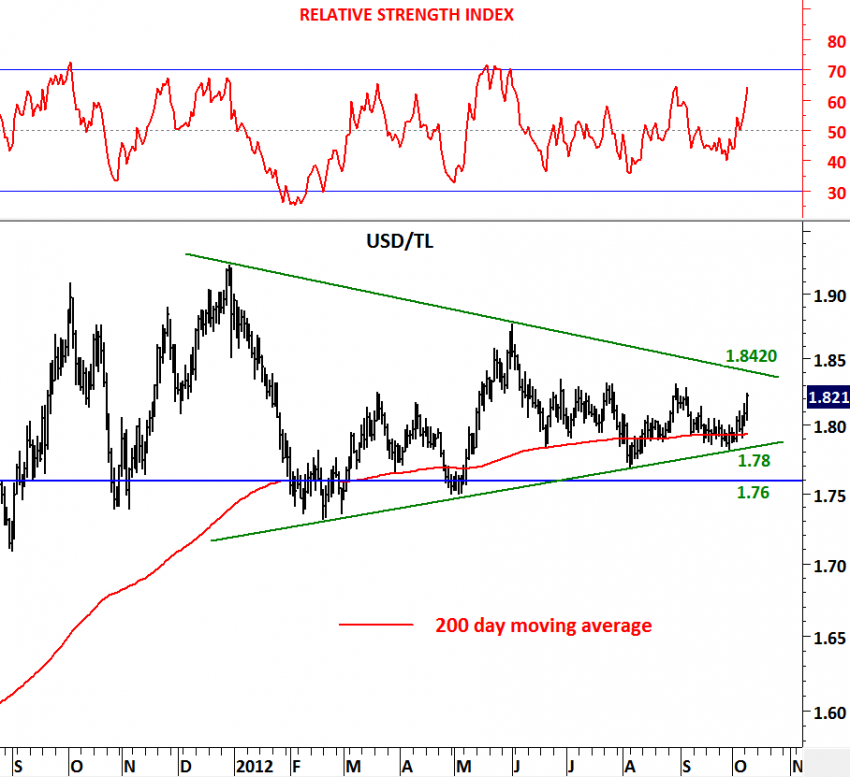SOYBEANS
Soybeans are close to a strong directional move. Since the dry summer conditions ended prices have reversed sharply and pulled back to their 200 day moving average. Soybeans found resistance between 1,664-1,800 area in August and formed a double top chart pattern which was broken down at 1,600 level in September. Prices are now consolidating above the long-term support at 1,517 levels. Failure to hold above this level could result in a larger scale correction towards 1,300 levels.
Daily chart focuses on the last one year’s uptrend and shows the last two month’s consolidation between 1,574 and 1,517. Low volatility suggests a breakout is imminent and should be followed by a strong directional movement. Breakout above the short-term resistance at 1,574 will push prices towards 1,650 levels. We should watch Soybeans closely in the following weeks.























